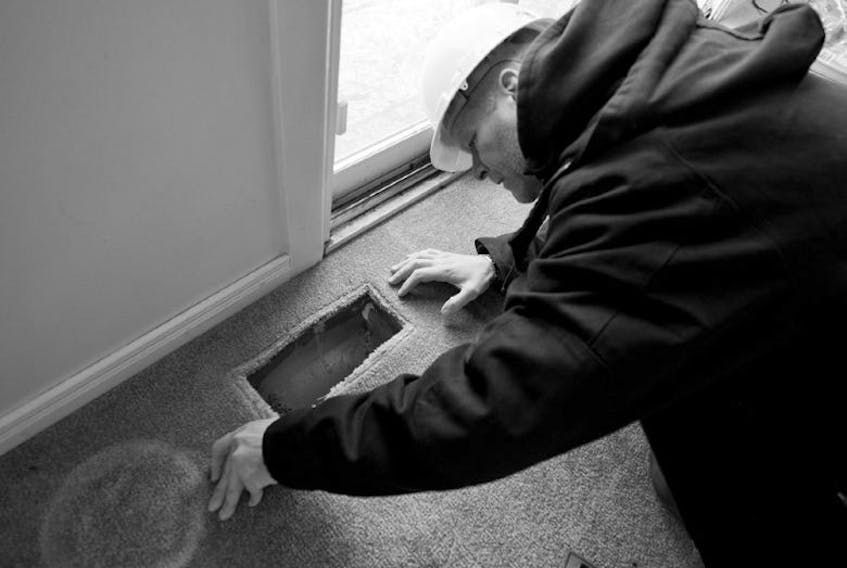Think about the mysteries that stupefy you in your home. Common ones I hear are: what does that light switch do? Why is one room always so much colder than the rest of the house? And if you’re a parent, who keeps touching the thermostat?
OK, even I can’t solve that last one — but one frequent complaint I get from homeowners is that they’ve got one room in their home that’s always a wildly different temperature from the rest of the home. This doesn’t have to be an unsolved mystery. Here are five common causes to check for:
Closed or covered vents
This is a simple one to check. It shouldn’t surprise you to hear that closing vents will prevent treated air from reaching that room — but I know for some homeowners it does! If the room is way off from the rest of the home, double check that you didn’t close or cover the vent long ago, and just forgot about it.
This goes for the air return vent as well. While you won’t feel any air coming out of these vents, they still perform an important function and shouldn’t be covered up by furniture. They pull cool air out of the room to be treated by the furnace — and blocking it causes your HVAC to work harder than it needs to, leading to a less efficient unit overall. Don’t cover them up!
Bad windows
Feel around the windows of your too cold room. Can you feel a draft blowing in? It could that your windows that are causing the temperature drop.
First, check the caulking around the window. What kind of shape is it in? If it’s damaged, or missing all together, there’s your first place to start. Scrape out the old stuff and replace it with new — and see if that makes a difference.
If it doesn’t, are you sure the area around the window is properly insulated? If you can pull out the casing, see what’s in there. If the insulation is sorely lacking, fill it with a low-expansion foam to help keep the cold out.
Unfortunately sometimes it might just be a bad window with a broken seal, in which case it’s time to install a new window.
Leaky ducts
A leading cause of inconsistent temperatures comes from when you’ve got cracks or gaps in your ductwork causing that treated air to be lost before it hits the proper room. You can fix this by patching your ductwork — though it won’t be a quick fix.
Potentially, this is a job you could do on your own. It will take a lot of time, and accessing your ductwork may involve busting into your drywall, so I wouldn’t recommend it. But with enough mastic sealant, time, and patience, you could solve it.
A better solution would be to contact a ductwork sealant company. They’ll be able to digitally identify where the leaks are in your system and will send a liquid sealant through your ductwork, efficiently plugging each leak. Not only should this solve the problem of inconsistent room temperatures, it will help your HVAC run much more efficiently, and lower your energy consumption.
An unbalanced HVAC system
Even if the ducts aren’t leaking, they could be off balance. Typically this happens if there aren’t enough vents in the room, the duct runs are too long or improperly sized. Often, a room that’s farthest from the HVAC will feel the effects the most. A Band-Aid fix could be to have a duct booster fan involved, but that’s not something I would personally do. An HVAC tech can help you determine a better solution.
It’s also possible that your HVAC system is just plain the wrong size. If you’ve put in an addition and the new areas are cold, it’s likely your HVAC doesn’t have the capacity to bring enough heat to the whole home.
Insufficient insulation
You’ll often see this issue in rooms above a garage, where there’s not enough insulation between the ceiling of the garage and the floor of the room above. Generally, I like using spray foam insulation, but especially for this space. Why? It provides a good thermal break which helps keep moisture at bay.
To find out more about Mike Holmes, visit makeitright.ca
Copyright Postmedia Network Inc., 2020









